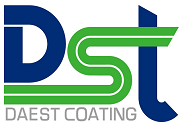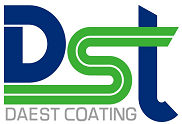Pressure-sensitive tape, known also in various countries as PSA tape, adhesive tape, self-stick tape, sticky tape, or just tape, is an adhesive tape that will stick with application pressure, without the need for a solvent (such as water) or heat for activation. It can be used in the home, office, industry, and institutions for a wide variety of purposes. The tape consists of a pressure-sensitive adhesive coated onto a backing material such as paper, plastic film, cloth, or metal foil. Some have a removable release liner which protects the adhesive until the liner is removed. Some have layers of adhesives, primers, easy release materials, filaments, printing, etc. made for specific functions. It will stick without the need for a solvent such as heat or water for activation. By contrast a “gummed” or “water activated” adhesive tape requires warm water for activation. Likewise, some “heat activated” tapes require heat. Single-sided tapes allow bonding to a surface or joining of two adjacent or overlapping materials. Double-sided tape (adhesive on both sides) allows joining of two items back-to-back. Based on the solid waste hierarchy, the quantity and size of a tape should be minimized without reducing necessary functionality. Material content of a tape should comply with applicable regulations. Life cycle assessments of the tape and the item being taped are useful to identify and improve possible environmental effects. For example, there may be instances where the use of a PSA tape, compared to an alternative solution, improves the overall environmental impact: or vice versa. Reuse or recycling are sometimes aided by a tape being removable from a surface. If a tape remains on an item during recycling, a tape should be chosen which does not hinder the recyclability of the item. For example, when taped corrugated boxes are recycled, film backed box sealing tapes do not hinder box recycling: the PSA adhesive stays with the backing and is easily removed.


